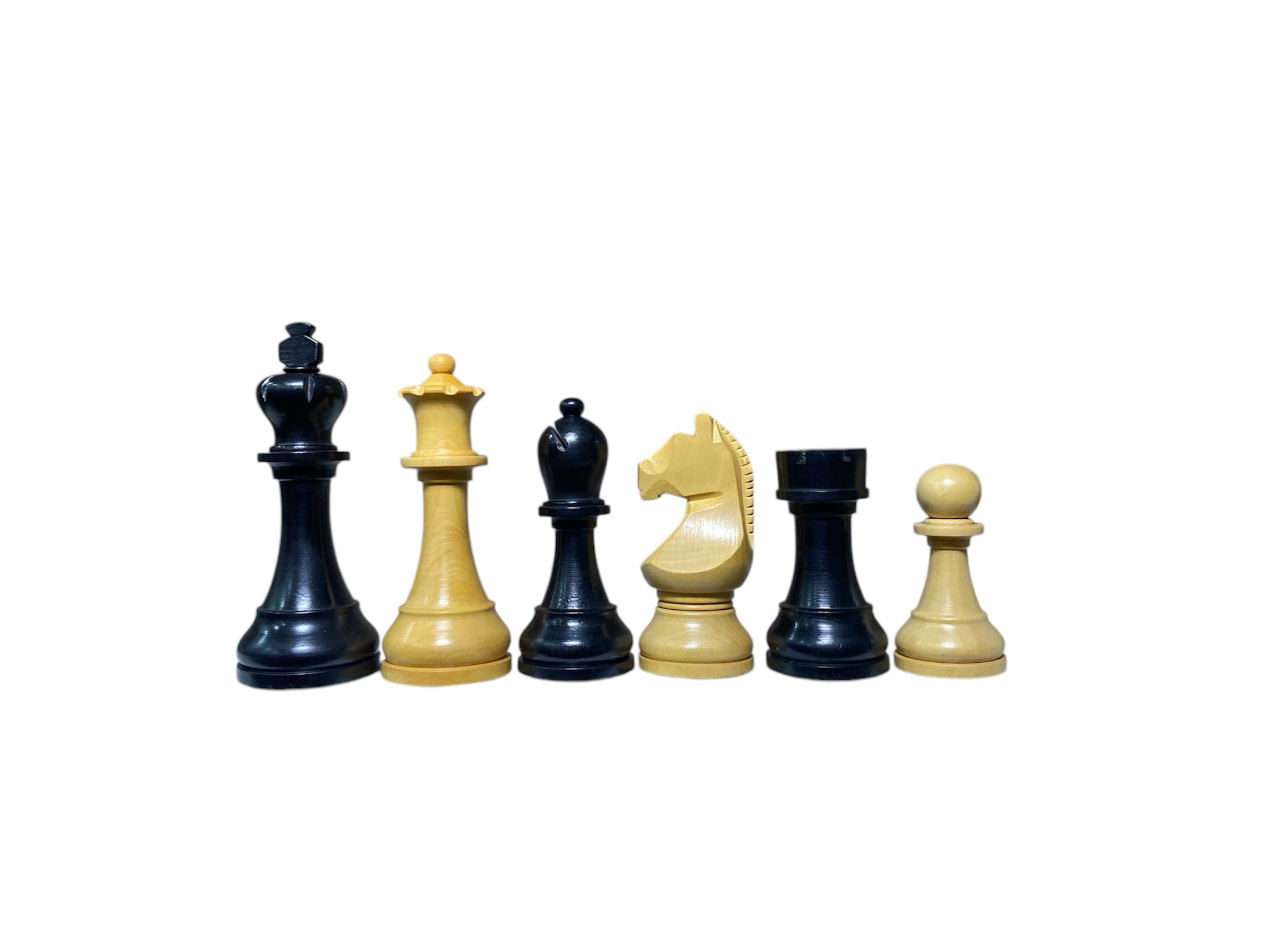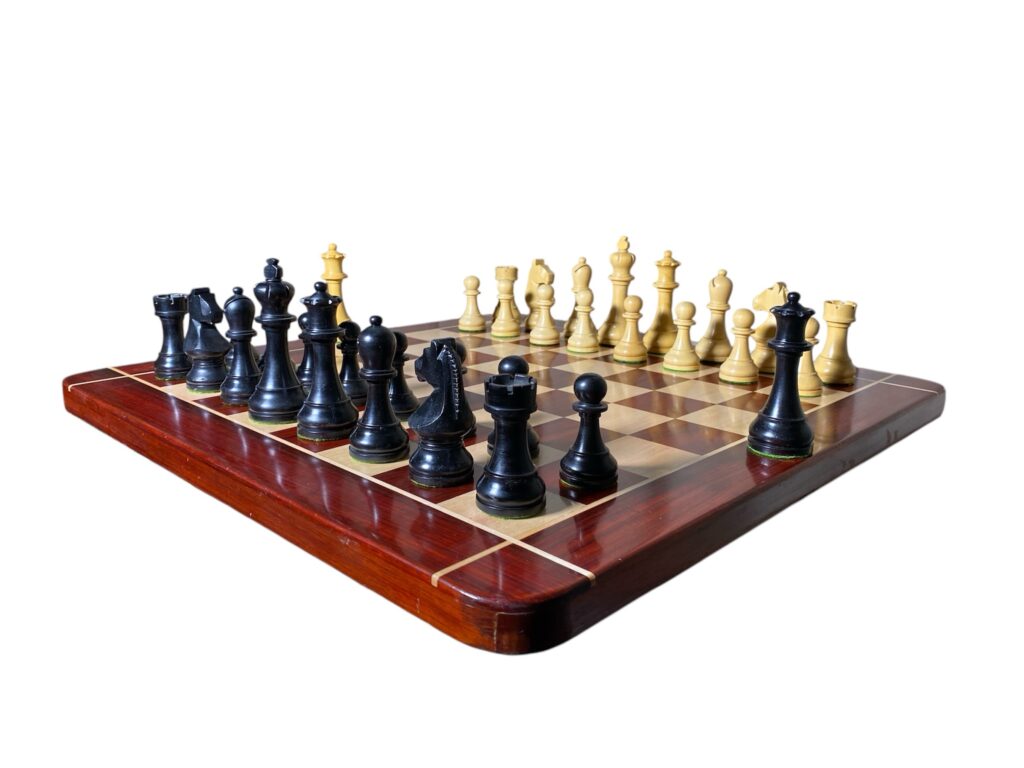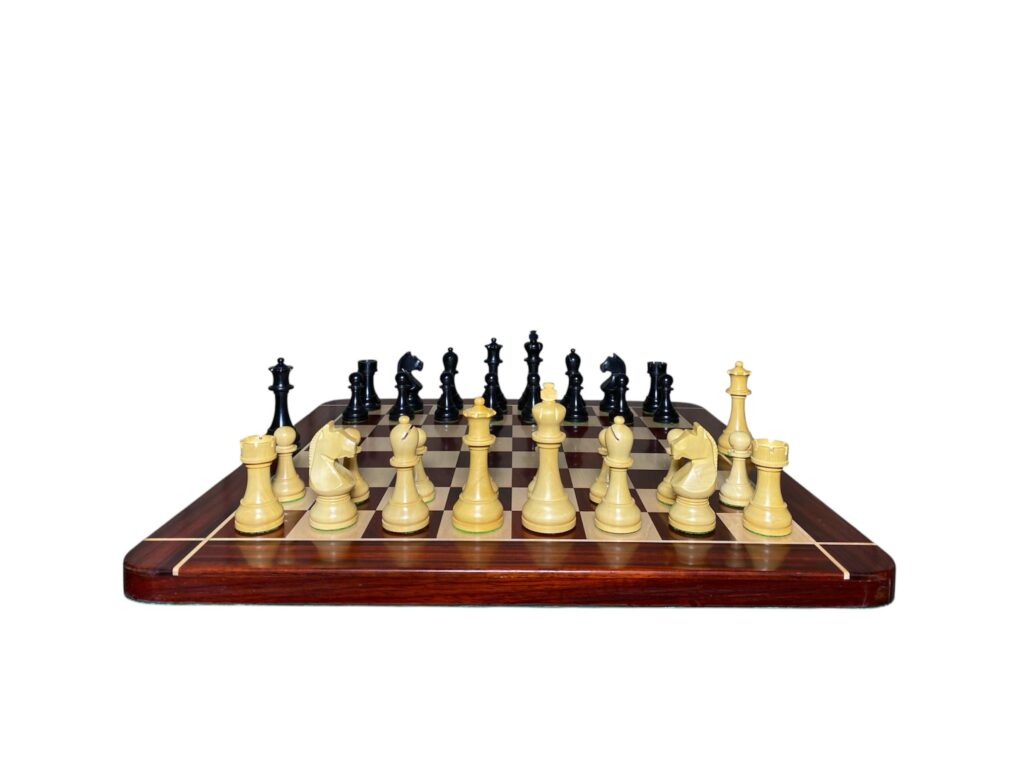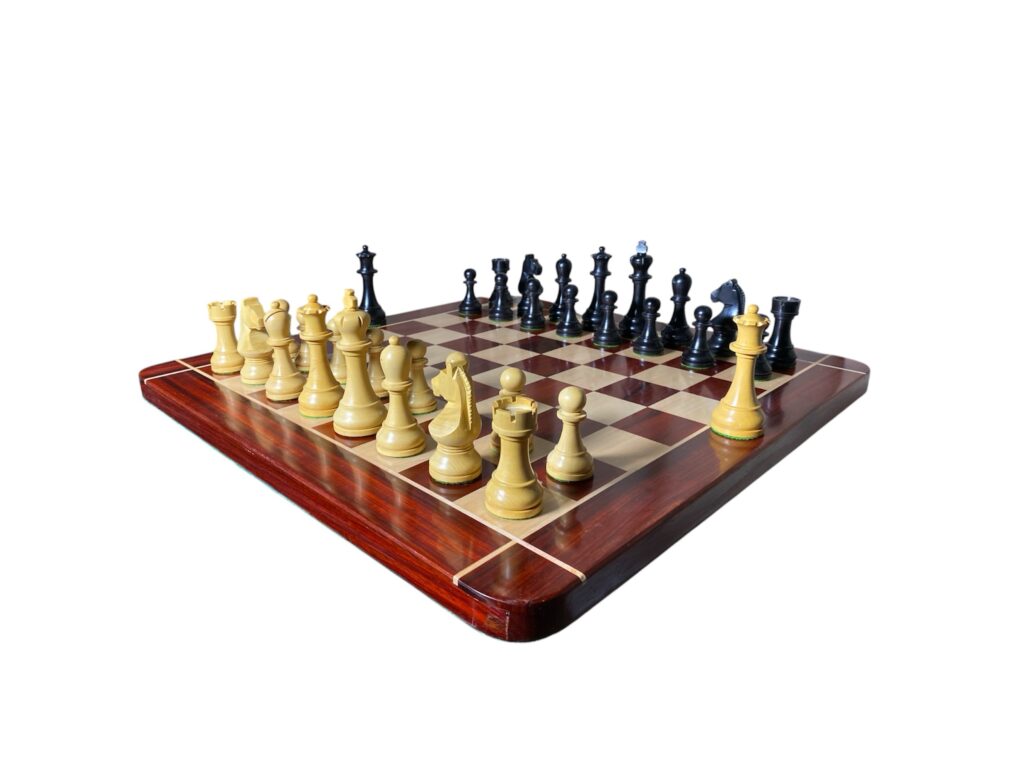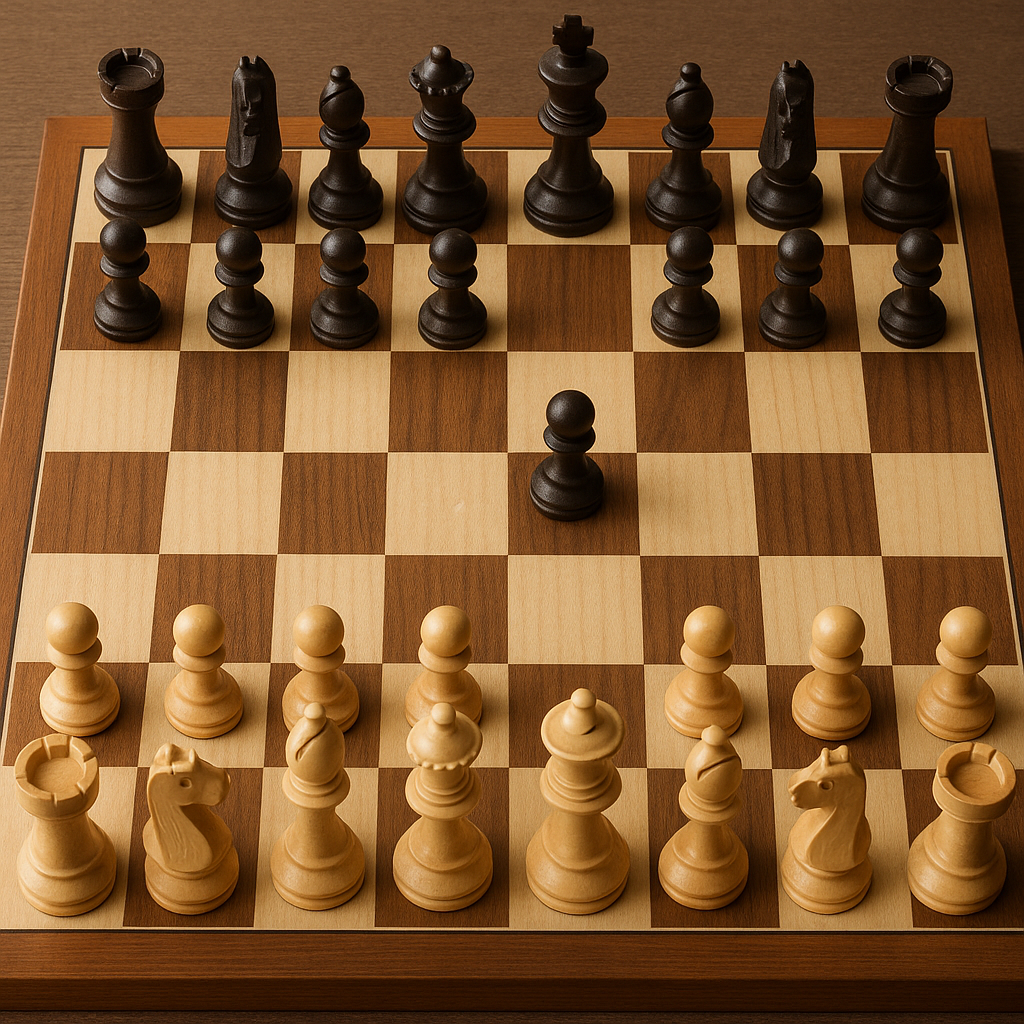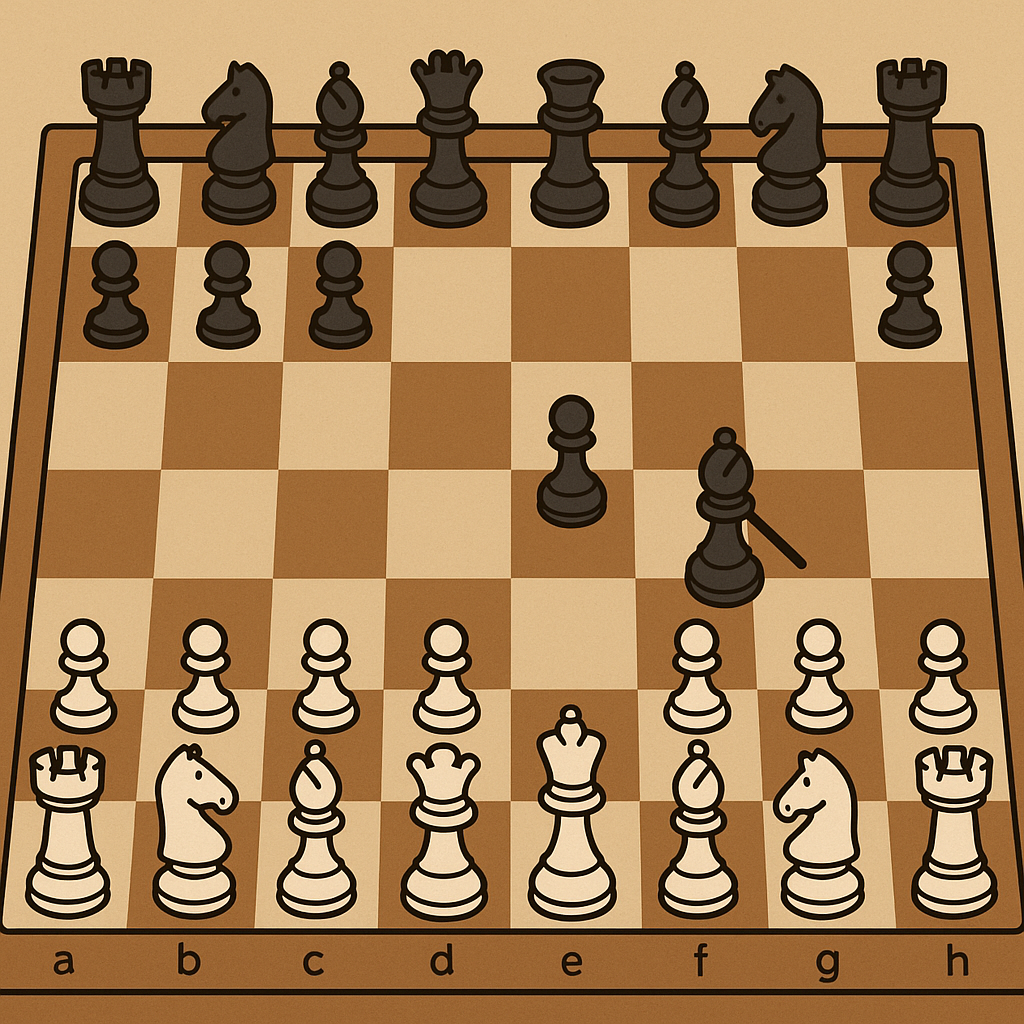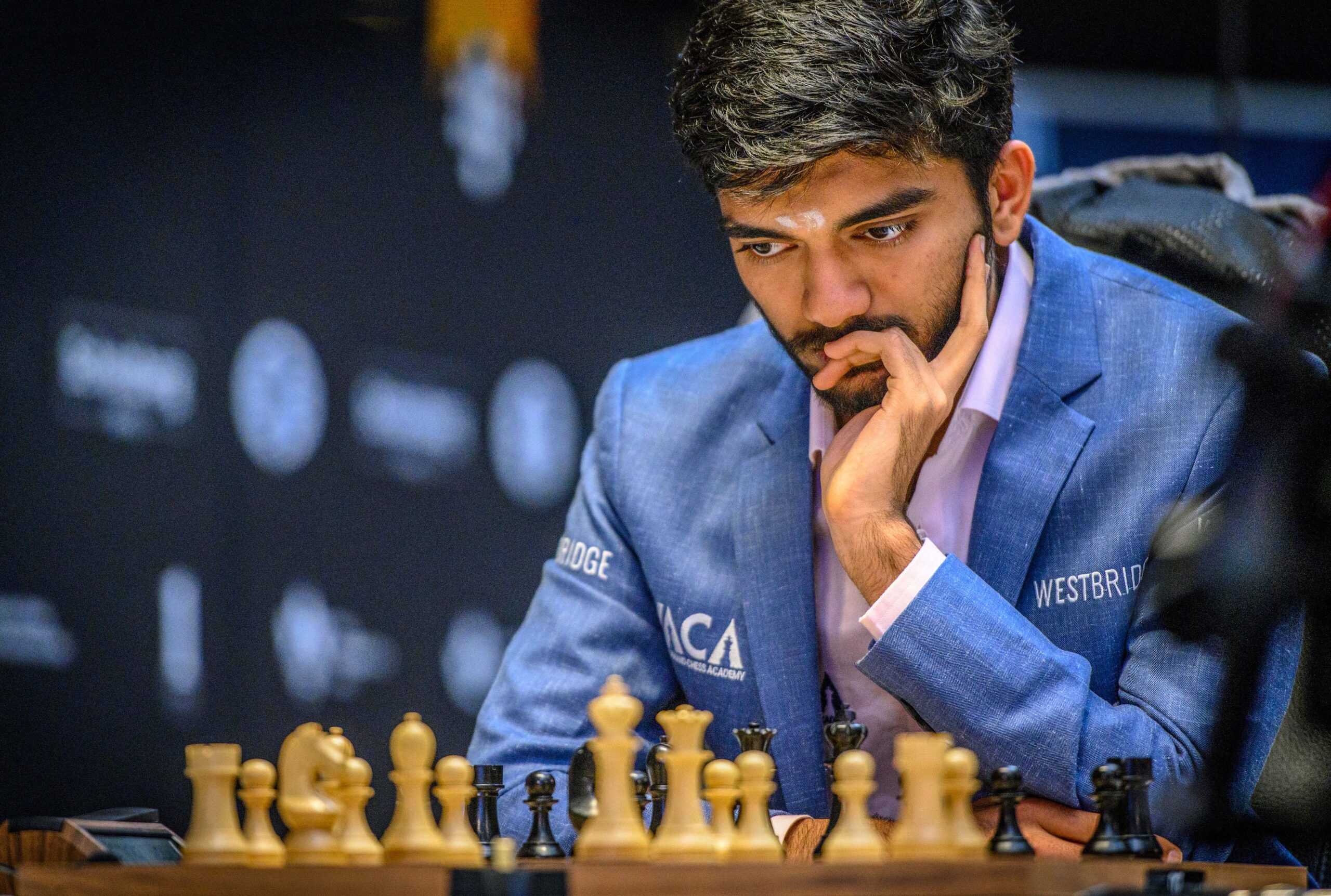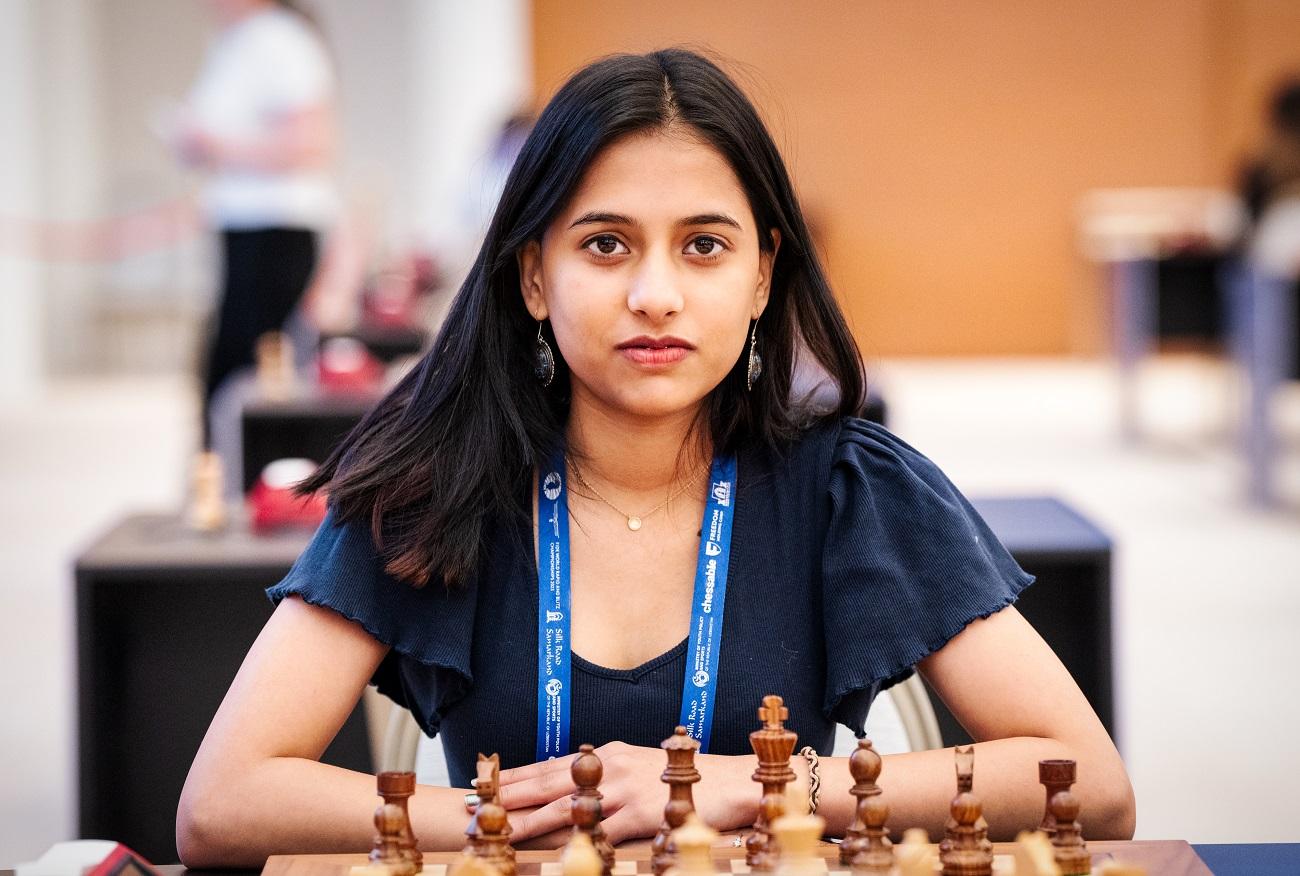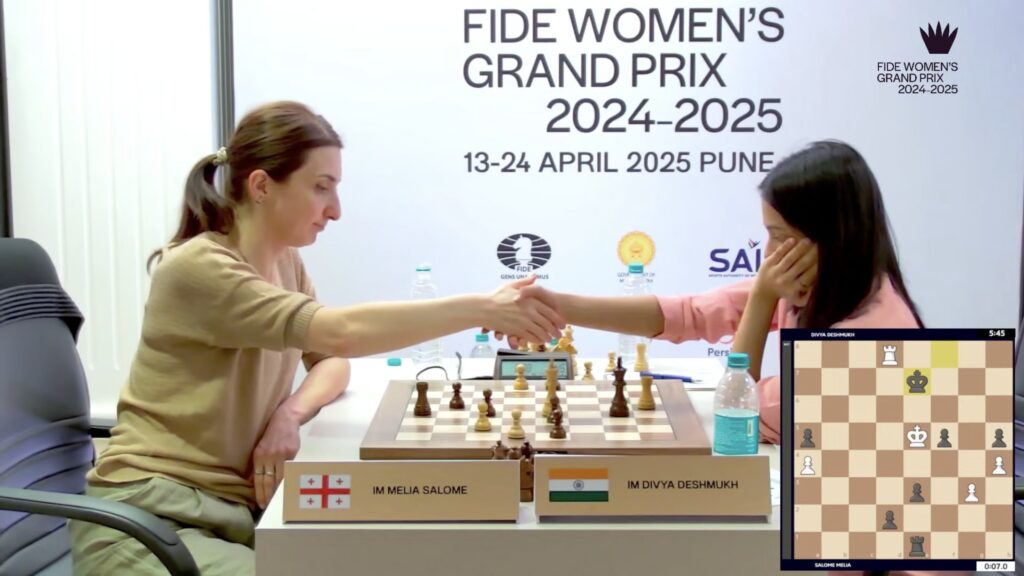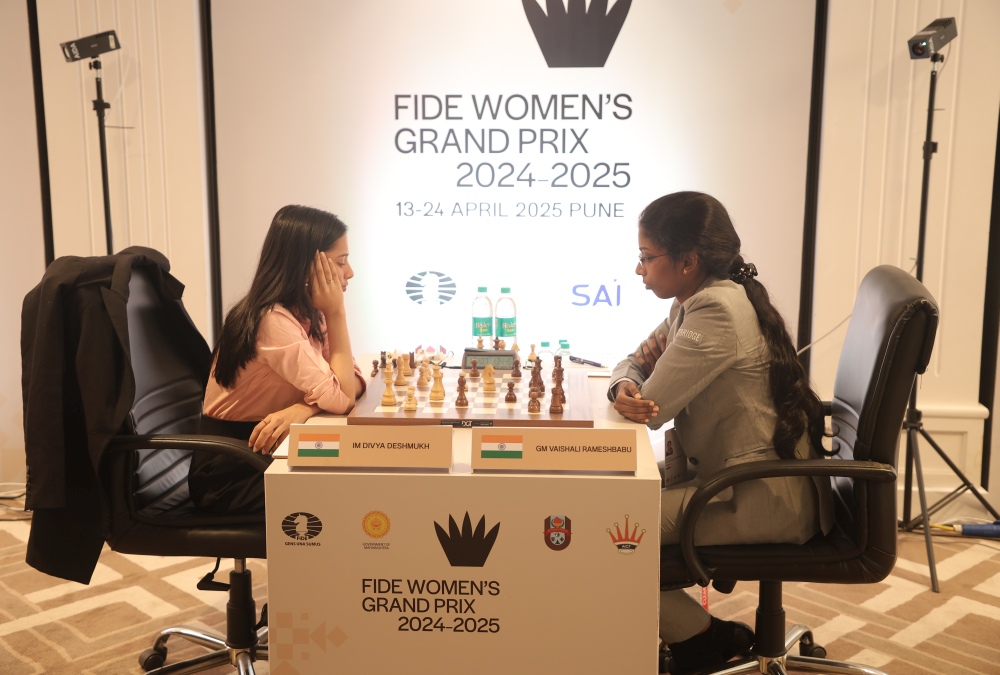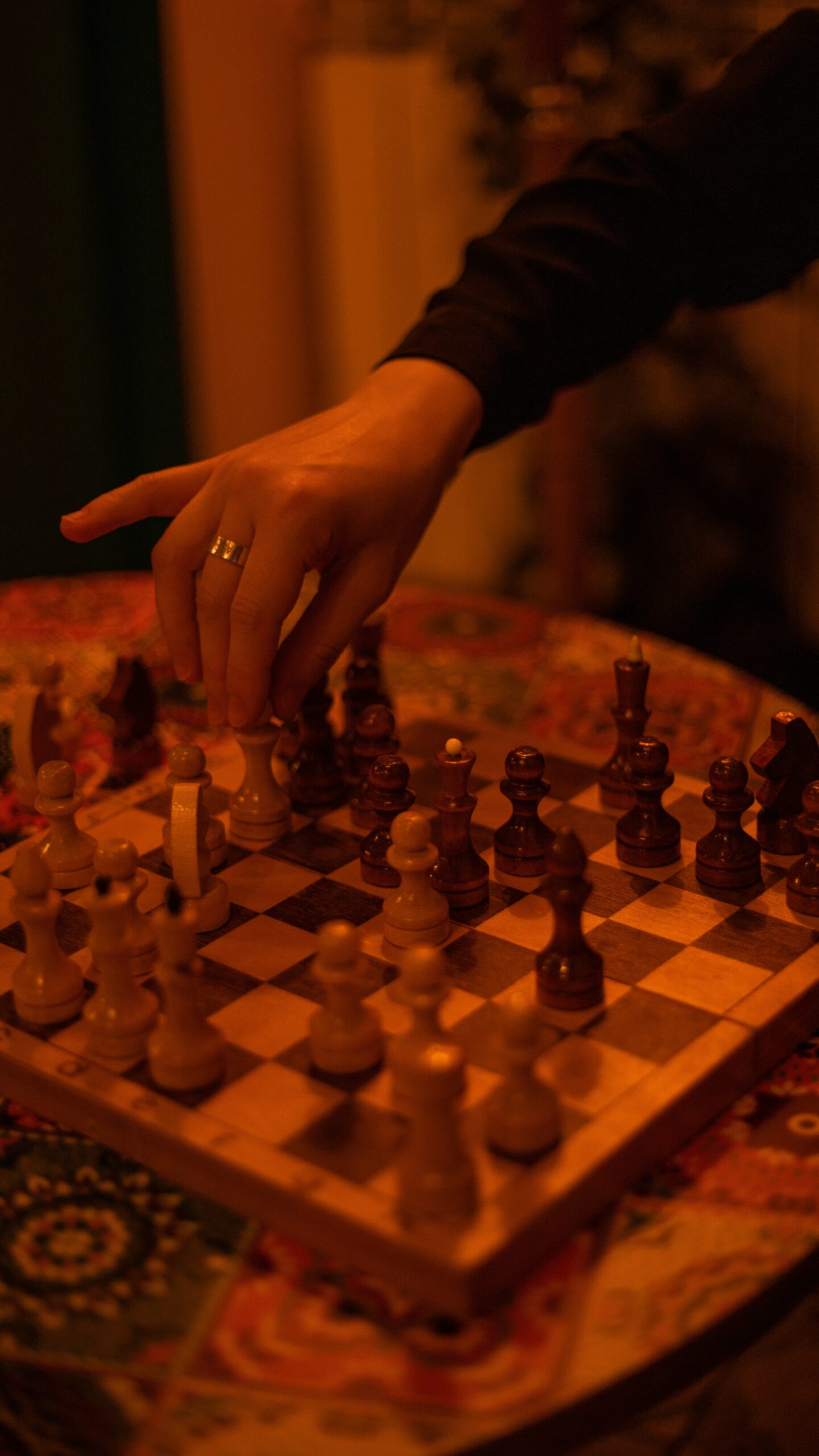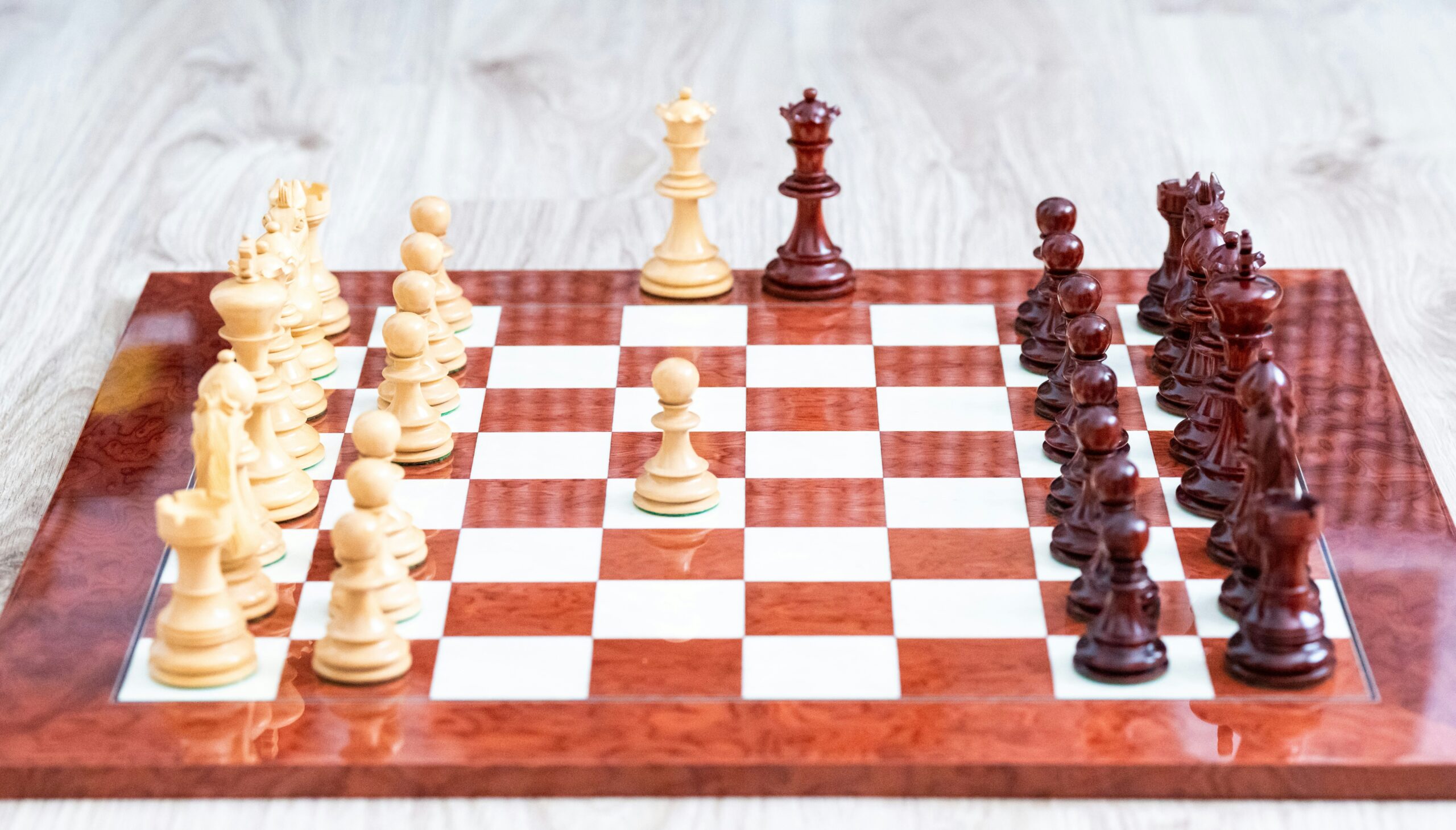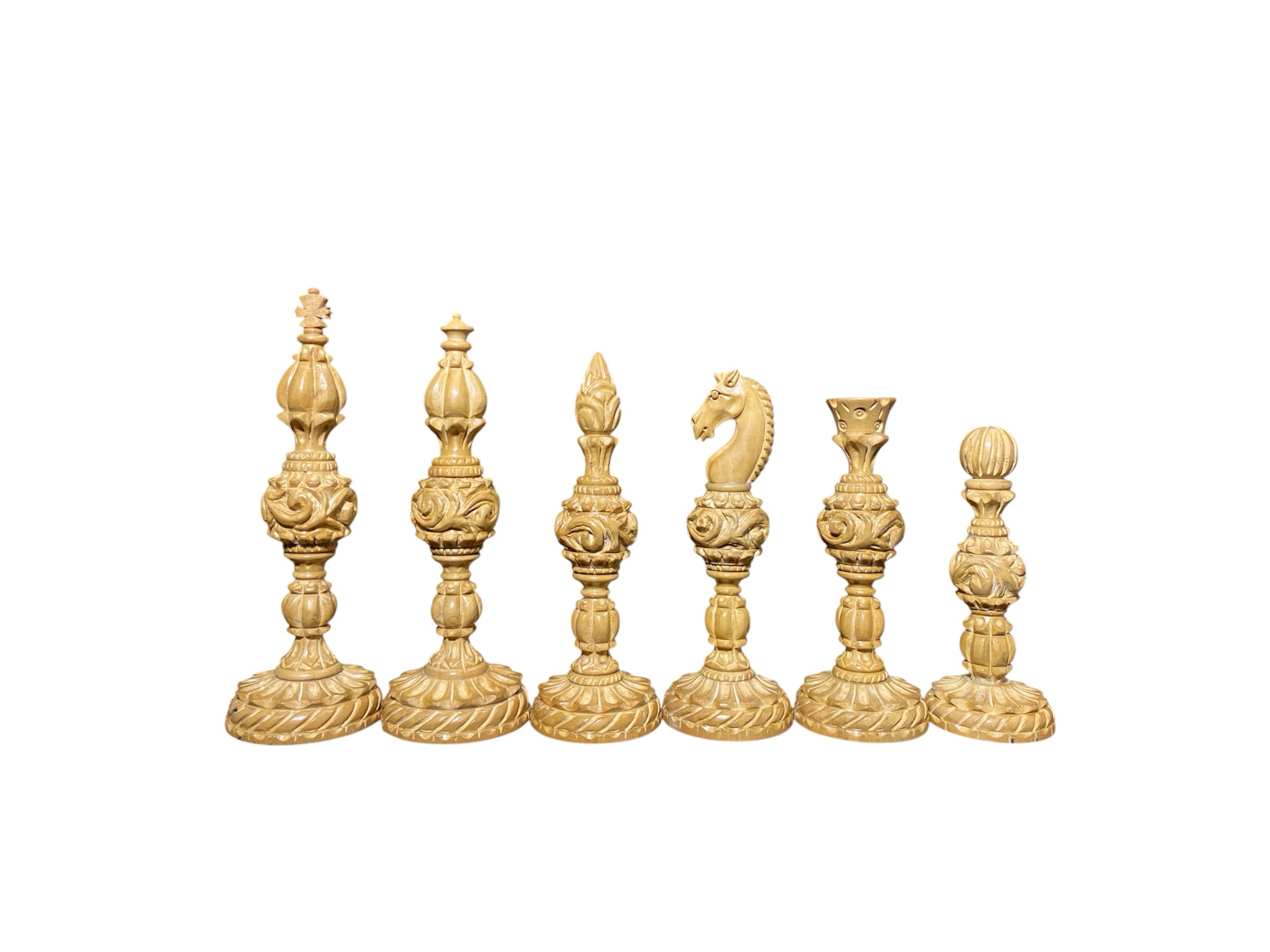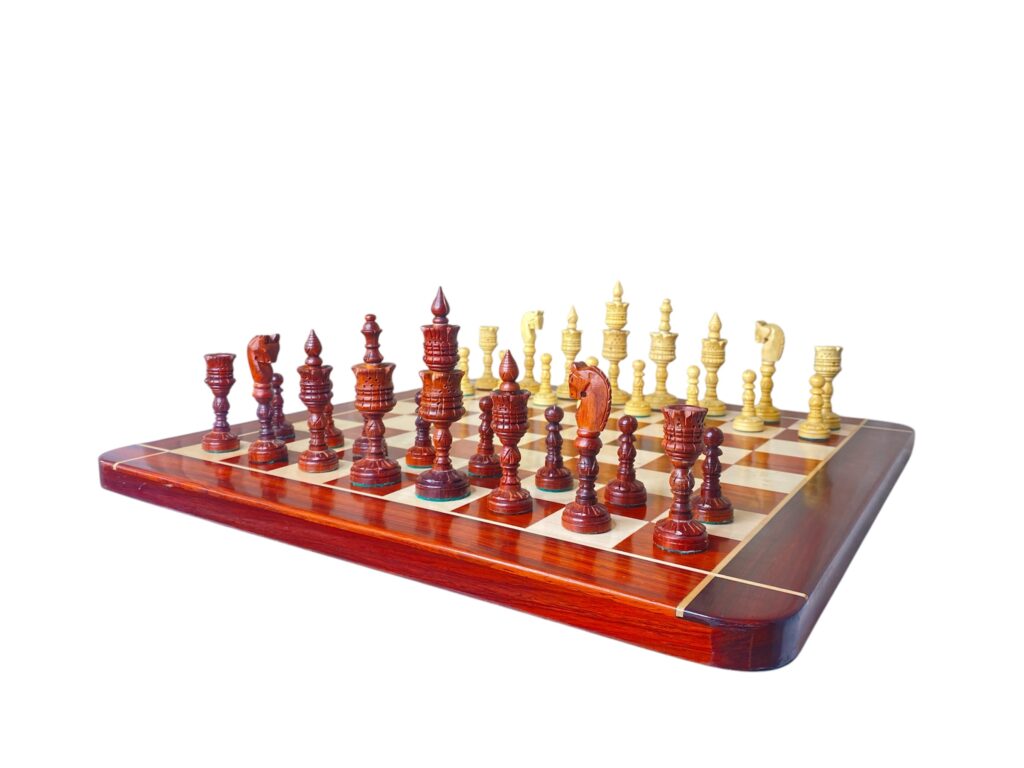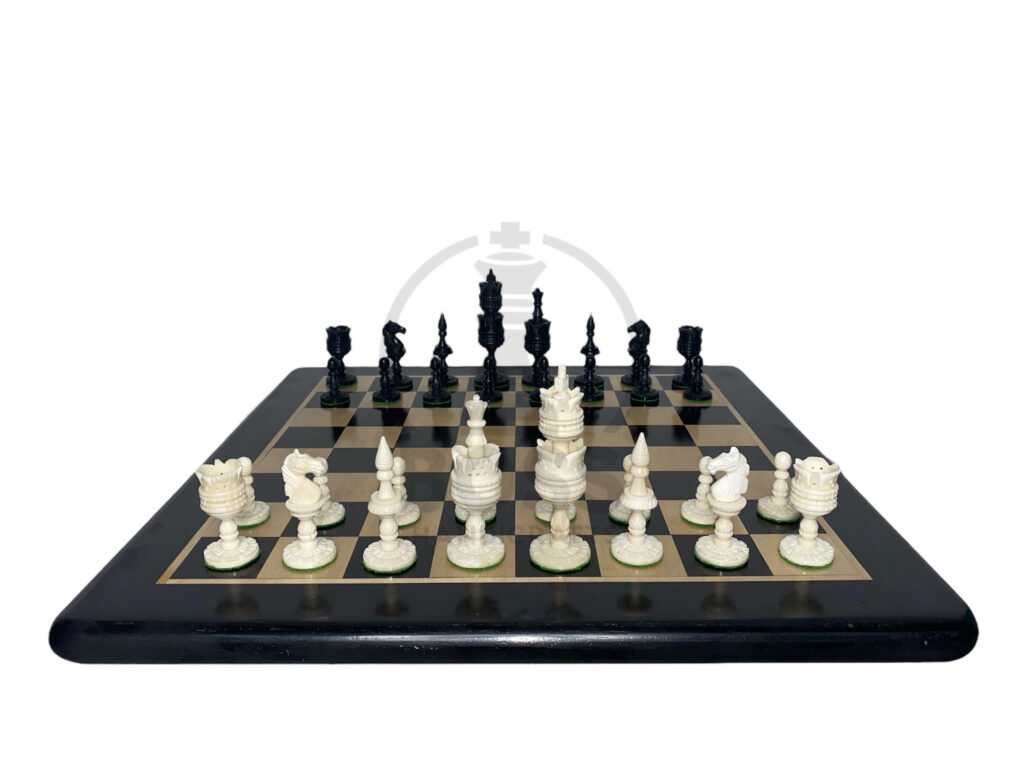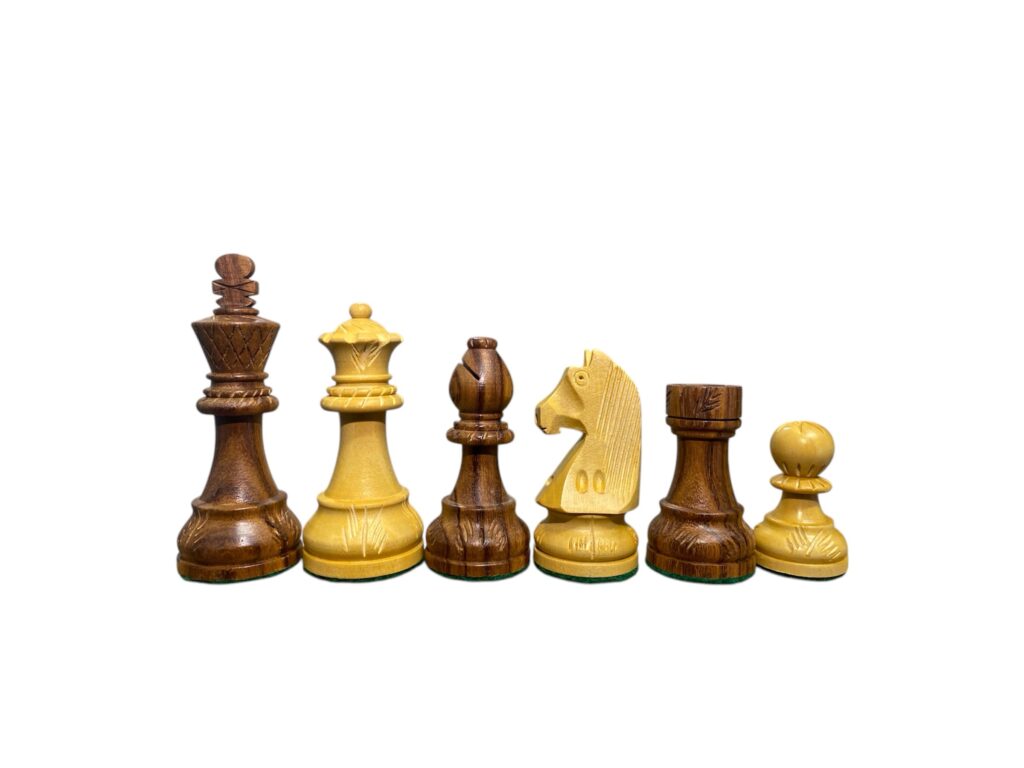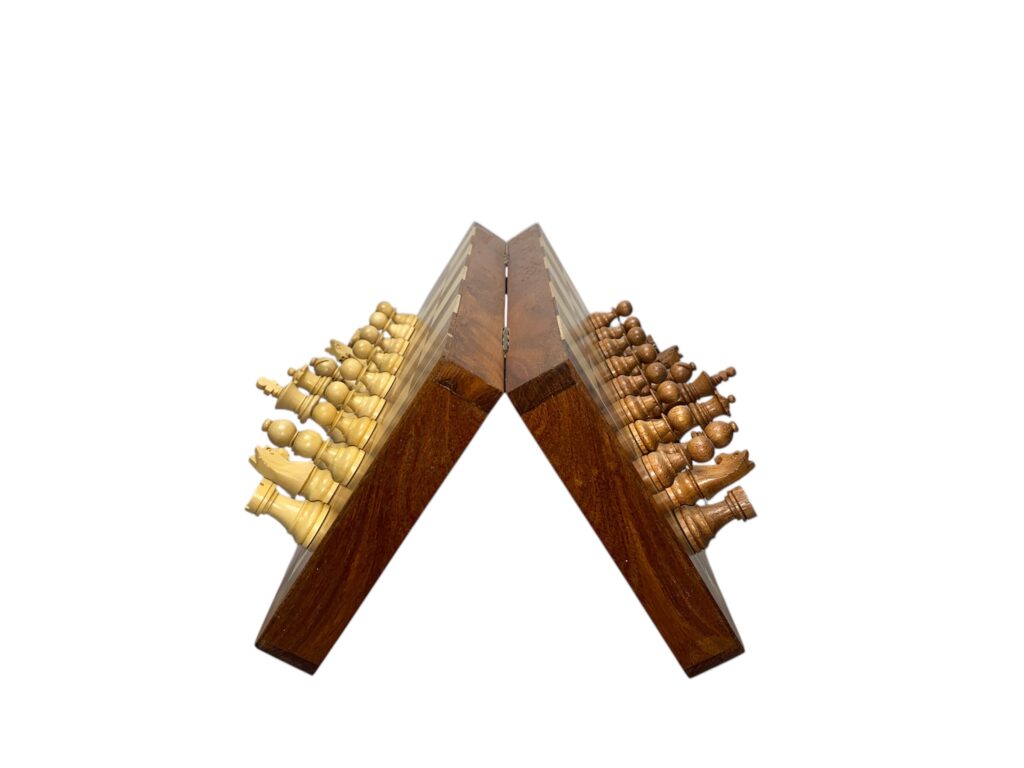Magnus Carlsen’s Perfect Victory at the Grenke Freestyle Chess Open
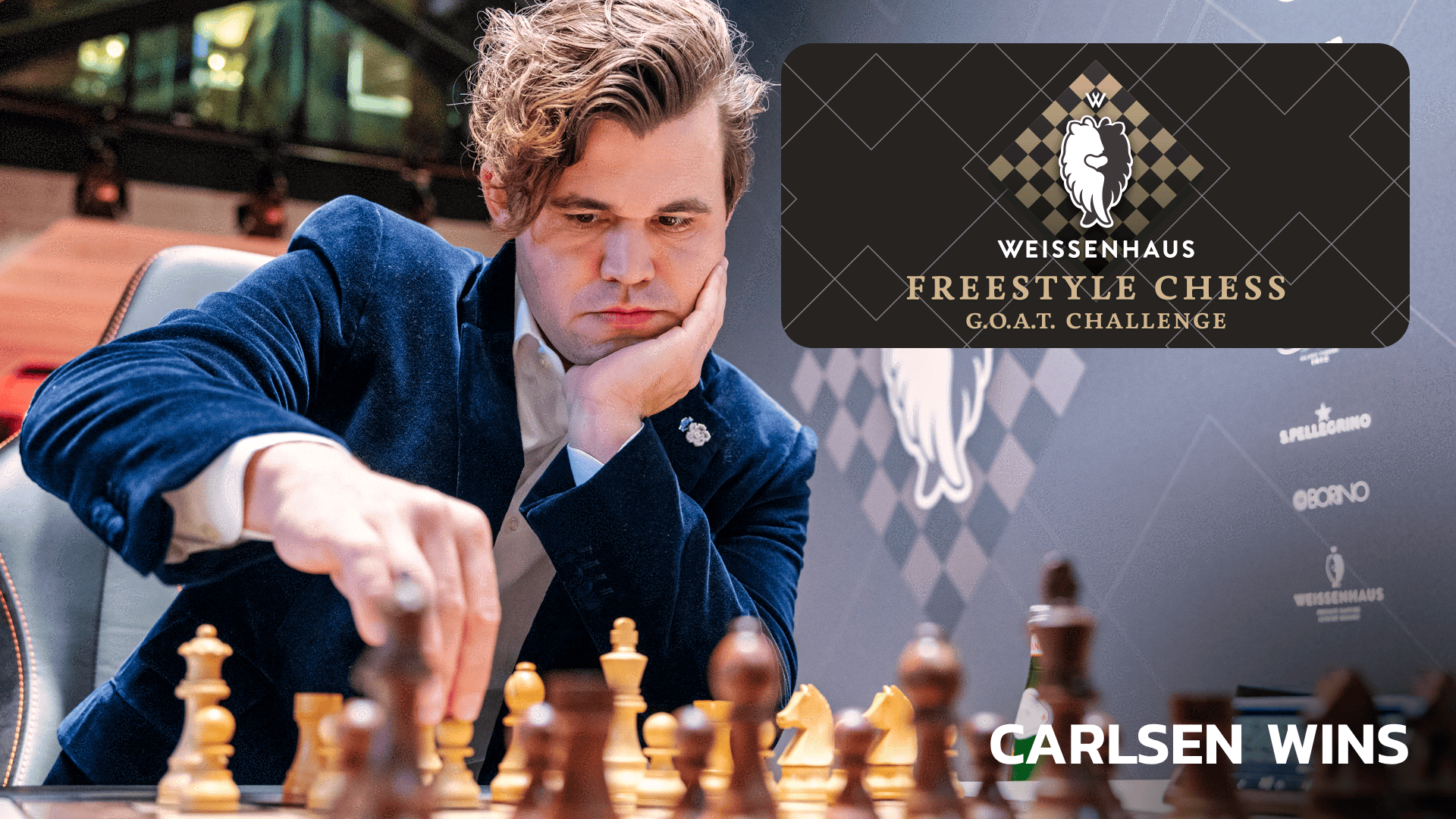
Introduction to Magnus Carlsen
Magnus Carlsen, born on November 30, 1990, in Tonsberg, Norway, is widely regarded as one of the greatest chess players in the history of the game. He displayed exceptional talent from a young age, becoming the youngest player to achieve the title of Grandmaster at the age of 13. This remarkable feat positioned him as a prodigious talent in the competitive world of chess.
Throughout his career, Carlsen has amassed numerous accolades, cementing his reputation as a dominant force. He first became World Chess Champion in 2013, a title he has successfully defended multiple times against some of the world’s strongest players. His playing style is characterized by creativity, deep understanding of strategic complexities, and an impressive ability to navigate through different types of positions. Magnus is also known for his endgame prowess and remarkable adaptability, which often leaves his opponents struggling to counter his innovative tactics.
In addition to his classical chess achievements, Carlsen has excelled in rapid and blitz formats, showcasing his versatility as a player. He has consistently achieved high ratings in the World Chess Federation (FIDE) rankings, often surpassing the 2800 mark, a benchmark few players have ever reached. His charismatic personality and dedication to the game have helped popularize chess, making him a prominent figure not only in Norway but across the globe.
As we delve into his recent performance at the Grenke Freestyle Chess Open, it is essential to recognize the extraordinary talent and dedication that have propelled Carlsen to the pinnacle of the chess world. His contributions to the game extend beyond victories, as he continues to inspire aspiring chess players worldwide, exemplifying excellence both over the board and within the chess community.
The Grenke Freestyle Chess Open Explained
The Grenke Freestyle Chess Open stands as a notable event in the chess calendar, drawing an eclectic mix of competitors from casual players to grandmasters, each eager to showcase their skills in a dynamic environment. Unique in its offering, the tournament allows participants to compete in various formats, further enriching the competitive atmosphere. Notably, players have the autonomy to select their own time controls, giving rise to diverse game styles and strategies across the board. This flexibility not only caters to different playing preferences but also maintains spectator interest by presenting a range of tactical encounters.
The structure of the Grenke Freestyle Chess Open incorporates multiple rounds, generally organized in a Swiss-system format. This method allows for a fair competition, where players are matched against opponents of similar skill levels based on their performance in previous rounds. Such a format not only promotes a balanced challenge for all participants but also increases the number of engaging matchups throughout the event. Each round presents competitors with the opportunity to adjust their strategies, as players can choose not only their time controls but also their game format, be it rapid, blitz or classical chess.
Carlsen’s Path to Victory
Magnus Carlsen, the reigning World Chess Champion, showcased his exceptional skills at the Grenke Freestyle Chess Open, where he displayed a strategic mastery and an unyielding mindset throughout the competition. Carlsen’s journey during this tournament was characterized by his ability to adapt to different opponents and his unwavering focus on achieving victory. The tournament began with Carlsen engaging in a series of highly competitive matches against players of various styles and approaches.
In the early rounds, Carlsen faced formidable opponents who tested his strategic acumen. He employed a variety of openings, including the Sicilian Defense and the Ruy Lopez, demonstrating an ability to shift his style according to the strengths and weaknesses of his adversaries. This adaptability played a crucial role in his early triumphs, allowing him to secure an advantageous position in subsequent rounds. His keen understanding of the game enabled him to exploit even the slightest errors made by his opponents, demonstrating why he is considered one of the best in the chess community.
As Carlsen progressed through the tournament, he maintained a calm and analytical mindset, crucial for navigating the high-pressure environment of competitive chess. He demonstrated resilience even when faced with equally skilled players, maintaining his composure during critical moments of the matches. The psychological aspect of chess cannot be ignored; Carlsen’s ability to read his opponents and predict their moves became imperative in securing his path to the final round.
In the later stages, Carlsen’s opponents became increasingly formidable, showcasing a range of innovative strategies and tactics. Despite the mounting pressure, Carlsen’s preparation and years of experience allowed him to adapt quickly and outmaneuver his opponents. His journey through the Grenke Freestyle Chess Open exemplified not only his technical prowess but also his holistic approach to the game, where mental fortitude and strategic planning converge seamlessly to create a winning formula.
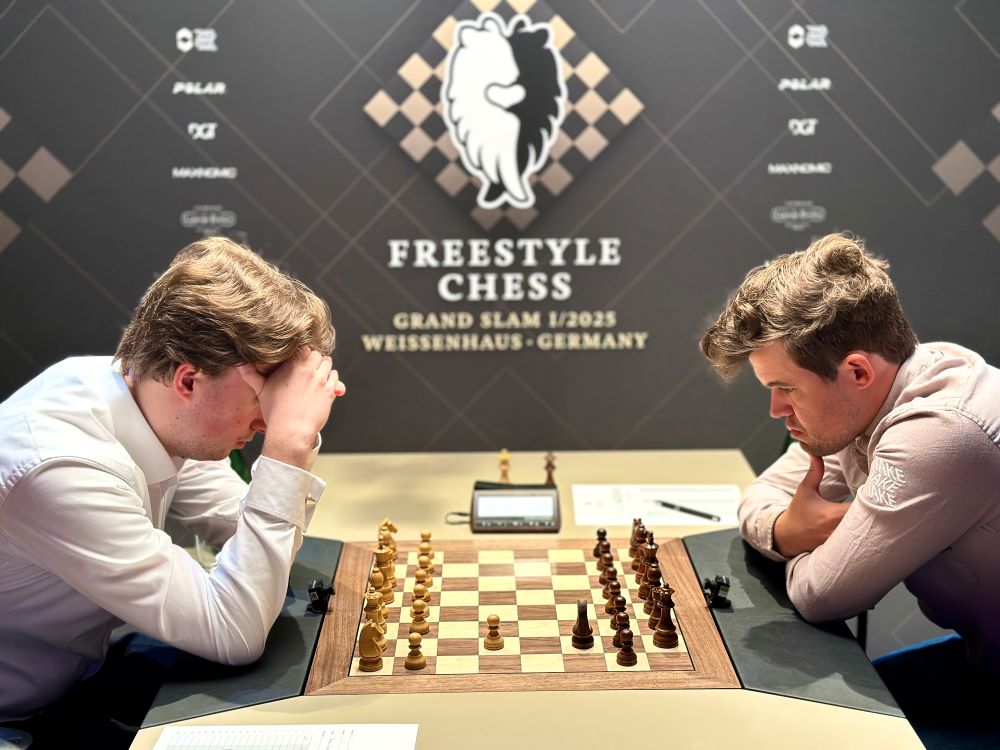
The Final Showdown: Carlsen vs. Keymer
The final round of the Grenke Freestyle Chess Open captured the attention of chess enthusiasts worldwide as Magnus Carlsen faced the promising young talent, Vincent Keymer. The atmosphere was electric, with spectators eager to witness how Carlsen, the reigning World Chess Champion, would tackle the up-and-coming Keymer, who had demonstrated remarkable prowess throughout the tournament. Carlsen, playing with the white chess pieces, opened the game with an ambitious line that set the stage for a dynamic confrontation.
From the outset, Carlsen exhibited his characteristic strategic flair. He employed the Ruy Lopez, an opening known for its deep strategic possibilities. Keymer responded with confidence, matching the former World Champion’s moves with precision. However, it became apparent that Carlsen had a plan focused on exploiting weaknesses in Keymer’s pawn structure. The game progressed through a series of punctuated exchanges, where Carlsen’s tactical acumen began to shine through, particularly as he initiated a subtle maneuver on the kingside. This was a key moment, revealing Carlsen’s intention to create imbalances in the position.
Ultimately, these critical moments culminated in Carlsen’s victory, demonstrating his unparalleled ability to navigate complex positions. The final showdown against Keymer not only highlighted Carlsen’s tactical depth but also the bright future that awaits the young German player in the chess world. Each move in this battle illustrated the beauty of chess, where strategy, foresight, and resilience play vital roles in achieving success.
Perfect Score Achieved: 9/9 Points
Magnus Carlsen’s performance at the Grenke Freestyle Chess Open was nothing short of extraordinary, as he concluded the tournament with a flawless score of 9 out of 9 points. Achieving a perfect score in a major chess tournament is an exceedingly rare feat, reflecting not only individual brilliance but also a deep strategic understanding of the game. This level of perfection is often seen as the pinnacle of success in competitive chess, highlighting both the skill and preparation required to dominate various opponents over multiple rounds.
The significance of Carlsen’s unbeaten streak cannot be overstated; throughout chess history, few players have managed to secure a perfect score in high-stakes tournaments. Such an accomplishment typically requires a harmonious blend of intellectual prowess, intuitive decision-making, and the ability to adapt to the unique playing styles of diverse competitors. Carlsen’s victory at the Grenke Freestyle Chess Open exemplifies these qualities, demonstrating why he remains a formidable force in the chess community.
In order to complete the tournament without any losses, Carlsen had to consistently outmaneuver his opponents, making calculated risks and executing complex tactics effortlessly. Each round showcased his remarkable capability to not only anticipate the moves of his rivals but also to execute counter-strategies that left them scrambling for advantage. This performance serves as an impressive reminder of Carlsen’s status as one of the greatest chess players of all time.
Ultimately, Carlsen’s perfect score of 9/9 points at the Grenke Freestyle Chess Open will be remembered as a landmark achievement, resonating within the chess world. This accomplishment reinforces his legacy and serves as both inspiration and aspiration for emerging chess players aiming to reach similar heights in their careers.
The Impact of Magnus Carlsen’s Victory on Chess
Magnus Carlsen’s triumphant performance at the Grenke Freestyle Chess Open has reverberated through the chess community, signaling not only his exceptional skill but also redefining competitive standards in the sport. His mastery during the tournament exemplifies the pinnacle of chess prowess, inspiring a new generation of players that aspire to reach similar heights. Carlsen’s ability to navigate through various formats and styles of play opens up an array of strategic possibilities for upcoming chess talents, encouraging them to explore innovative tactics beyond traditional frameworks.
Moreover, the Grenke Freestyle Chess Open has gained significant prestige through Carlsen’s participation and victory. Recognized as a prestigious event in the international chess calendar, its allure has intensified, attracting both seasoned participants and aspiring amateurs. This growing stature represents a valuable opportunity for emerging players to showcase their abilities on a grand stage, effectively raising the competitive bar within the chess landscape. Events like these play a crucial role in promoting chess as a sport, drawing larger audiences and fostering greater interest among enthusiasts and potential players alike.
For Magnus Carlsen, this victory solidifies his status as a dominant force in the world of chess, potentially altering the trajectory of his career. As players strive to dethrone him, Carlsen’s continued excellence ignites dynamic rivalries that elevate the excitement surrounding chess competitions. His achievements not only enrich his personal legacy but also reinforce the importance of consistent excellence and adaptability in a rapidly evolving game. The implications of Carlsen’s victory extend beyond his individual success, impacting the overall perception of chess and motivating players at all levels to engage more deeply with the game. In conclusion, the resonance of Carlsen’s success at the Grenke Freestyle Chess Open is profound, with effects that will likely shape the future of chess for years to come.
Luxury Chess: A New Standard
The landscape of chess has long been associated with intellectual rigor and strategic depth, but recently, it has notably intersected with the luxury market, giving rise to a new standard in the realm of luxury chess. This emerging trend reflects a growing appreciation for not only the game itself but also the materials and craftsmanship that accompany it. Enthusiasts and collectors alike are increasingly drawn to handcrafted wooden chessboards and exquisitely designed pieces, elevating their experience beyond mere gameplay.
Luxury chess sets offer more than just aesthetic appeal; they often incorporate premium materials such as teak, mahogany, and various exotic woods, meticulously carved to exemplify superior craftsmanship. Additionally, luxury chess pieces may feature intricate detailing, which transforms each figure into a miniature work of art. This emphasis on quality resonates with players who view chess not only as a pastime but as a cherished hobby deserving of fine accessories.
The allure of luxury chess is also evident in the growing number of artisans and small-scale manufacturers dedicated to producing high-end chess sets. These creators embrace traditional techniques while often introducing modern design elements, resulting in unique chess sets that appeal to both traditionalists and contemporary enthusiasts. With the rise of e-commerce platforms, access to these luxury games has expanded, allowing chess enthusiasts from various backgrounds to invest in premium items that enhance their playing experience.
Furthermore, the concept of luxury chess is intertwined with the lifestyle of its players. For some, owning a remarkable chess set is a status symbol, reflecting a passion for strategy, art, and exclusivity. As the demand for quality materials and sophisticated designs continues to rise, luxury chess sets are establishing themselves as not only functional tools for the game but also as treasured collectibles, marking a significant shift in how chess is perceived and enjoyed today.
The Future of Chess with Magnus Carlsen
Magnus Carlsen, the reigning world chess champion, has significantly transformed the landscape of chess through his exceptional talent and strategic gameplay. As we look forward into the future of chess with Carlsen as a central figure, it becomes evident that his influence will extend beyond just his victories on the board. One of the most crucial ways Carlsen may impact the game is through mentorship, as he has increasingly engaged with younger players. By sharing his knowledge and expertise, he can cultivate a new generation of chess enthusiasts and competitors. This kind of mentorship has the potential to foster an environment where innovation flourishes, encouraging aspiring players to explore unconventional strategies and approaches.
Additionally, Carlsen’s active involvement in various chess formats and online platforms has already started reshaping how chess is consumed and appreciated globally. His commitment to promoting chess aligns with the rising trend of digital engagement, where chess can be made more accessible to the masses. Engaging content and opportunities for individuals to learn directly from a master elevates the overall profile of the game and helps attract a broader audience, especially the youth. As the fame of chess continues to burgeon with the aid of technology, Carlsen’s leadership will prove vital in nurturing this interest and capitalizing on it.
However, the future may also present challenges for Carlsen. As new players emerge, the competition is likely to intensify. Maintaining his position as the best player will require continued adaptation to evolving strategies and styles of play. Furthermore, balancing public expectations and the pressure to constantly perform at an elite level could present personal challenges for Carlsen. It remains to be seen how he navigates these complexities, but his robust dedication to the sport suggests he is well-equipped to face whatever lies ahead in the evolving narrative of chess.
Conclusion: Celebrating Chess Excellence
Magnus Carlsen’s extraordinary victory at the Grenke Freestyle Chess Open serves as a testament to not only his unparalleled skill but also the enduring spirit of chess as a competitive art form. Throughout the tournament, Carlsen demonstrated a remarkable ability to adapt and strategize against a diverse array of opponents, solidifying his position as a modern-day chess maestro. His performance has sparked renewed excitement among fans and players alike, reminding them of the beauty and depth inherent in this ancient game.
The impact of such achievements extends beyond accolades and titles; they elevate the entire game of chess, inspiring both novice and seasoned players to strive for excellence. Carlsen’s distinct approach combines aggressive tactics with profound strategic understanding, showcasing how the principles of creativity and adaptability can lead to victory. This performance has the potential to motivate countless individuals to pursue chess with the same level of dedication and passion.
In various chess circles, the significance of sportsmanship cannot be overstated. Carlsen’s respectful interactions with fellow players, regardless of the rivalry, exemplify the core values that chess embodies. The culture of camaraderie among competitors elevates the sport, creating an environment where excellence is celebrated, and mutual respect prevails. Such a spirit is vital for the continued growth and popularity of chess, as it fosters a community that is both welcoming and inspiring.
Cumulatively, Magnus Carlsen’s perfect victory at the Grenke Freestyle Chess Open stands as a landmark event in chess history. It embodies the essence of the game: strategic brilliance combined with sportsmanship. As this illustrious community celebrates the achievements of its champions, it also nurtures the next generation of players who will carry forth the legacy of chessmanship and innovation into the future.


